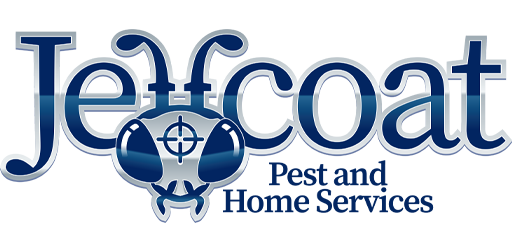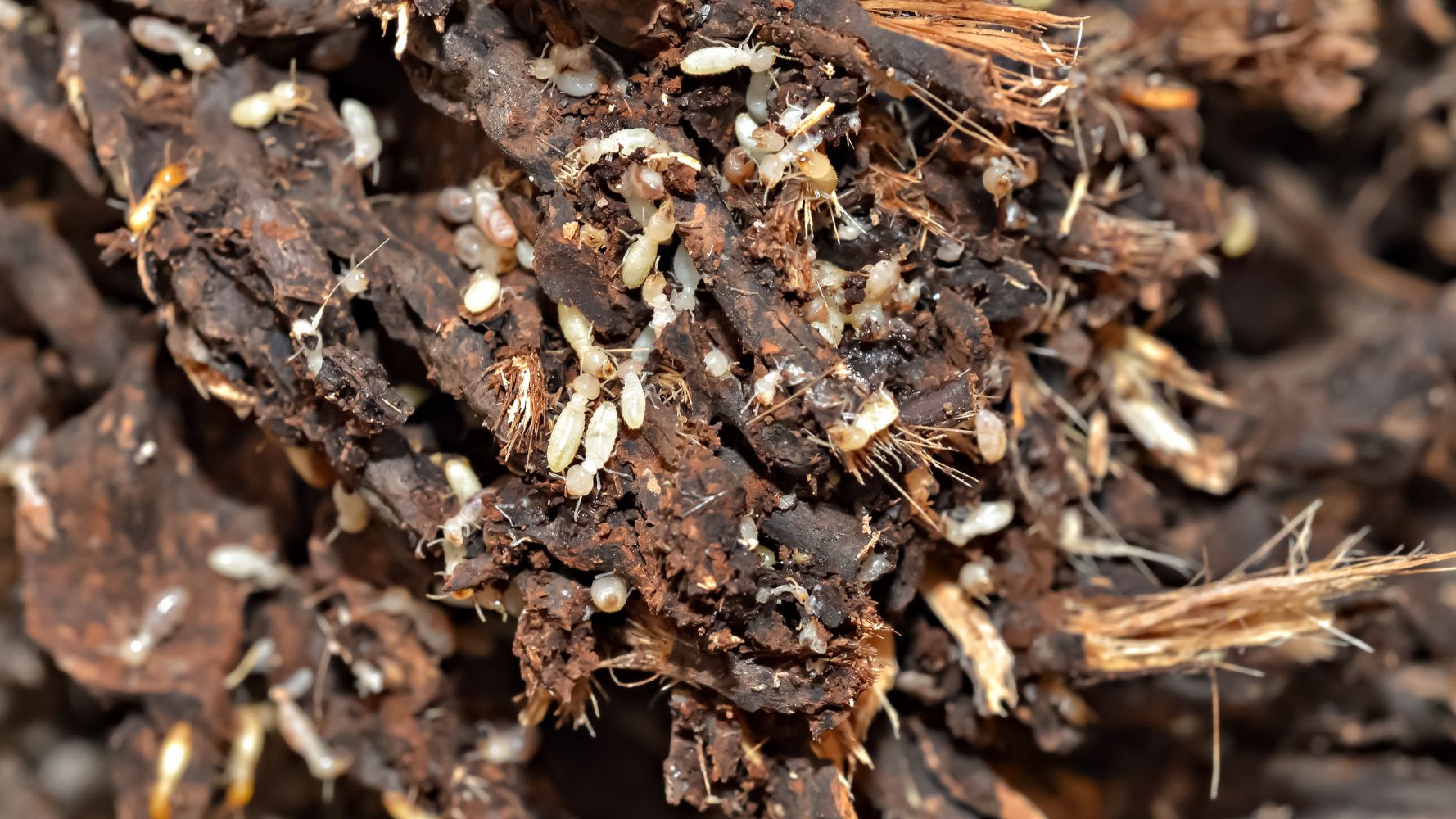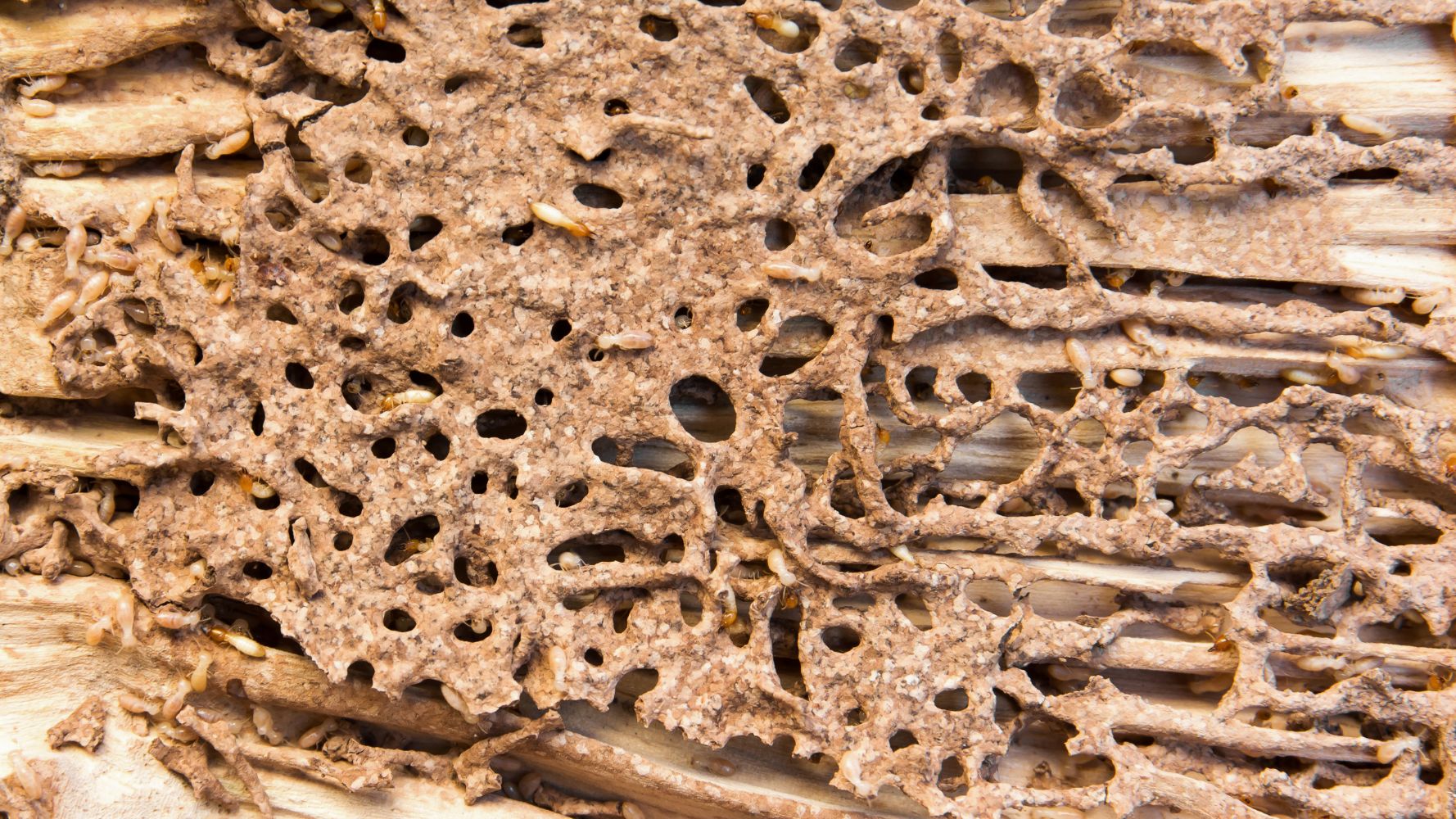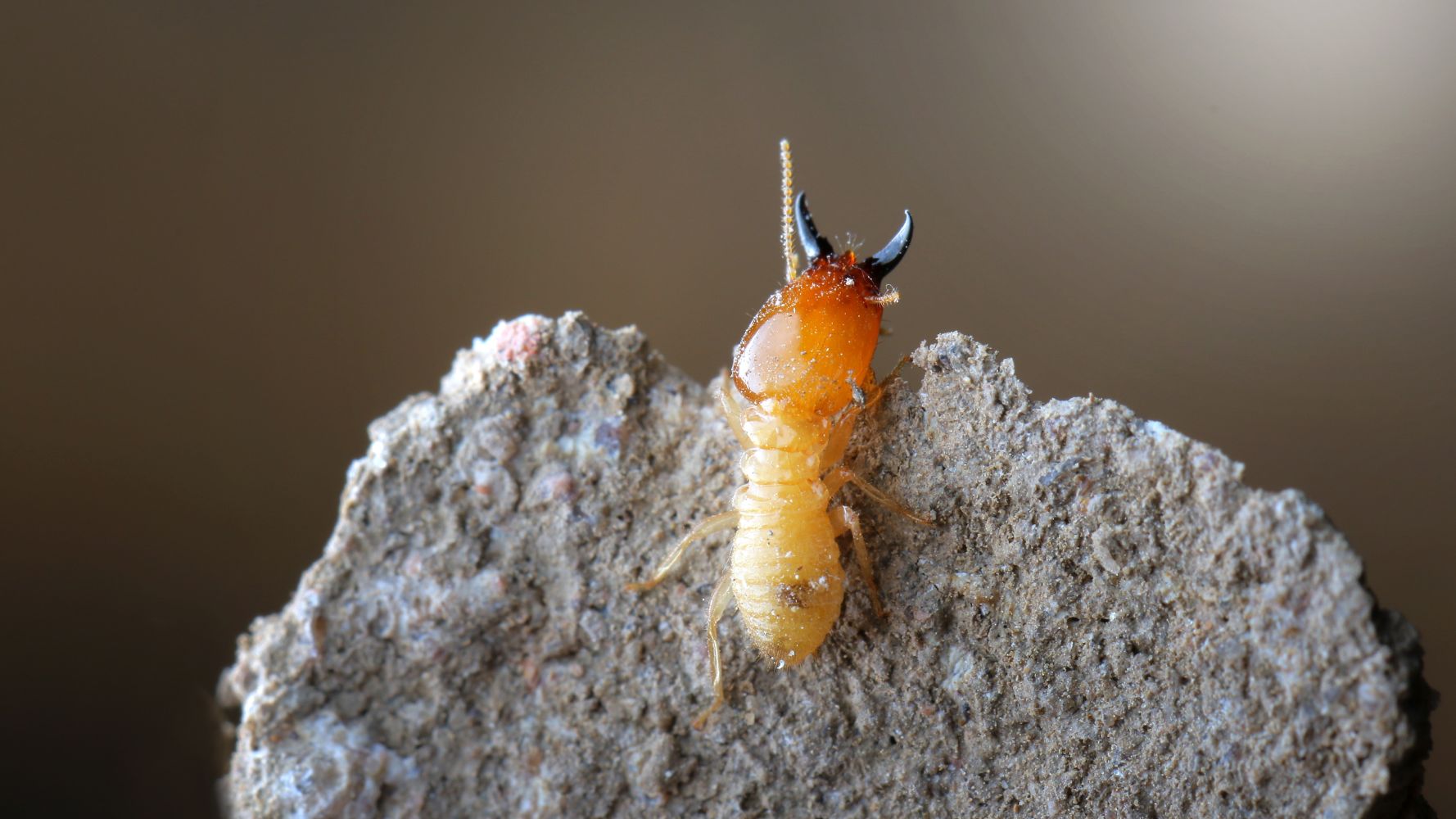Identifying the Termites in Your South Carolina Backyard
South Carolina is home to four of the top 50 most termite infested cities in the United States and the problem isn’t limited to our urban areas! South Carolina’s warm weather, mild winters, and high humidity make it the perfect breeding ground for these cellulose-chomping menaces.
In order to avoid termite problems it helps to have a bit of an understanding of how these creatures invade our homes. At the end of this article we talk about some key ways to keep your home from becoming infested in the first place.
What types of termites are found in South Carolina?
A Clemson University faunal survey determined that South Carolina is home to eight species of termites. However, for the sake of termite prevention and treatment, the type of termite is actually more important than the exact species.
Subterranean Termites
- Eastern Subterranean Termite Reticulitermes flavipes
- Southeastern Subterranean Termite Reticulitermes virginicus
- Light Southeastern Subterranean Termite Reticulitermes hageni
These three native species of termite are commonly found throughout the state. They prefer moist soils, in which they establish colonies, and build mud tubes in order to access their food sources These species can form colonies with hundreds of thousands of workers and are a destructive pest throughout much of the United States, but play an important role in forest ecosystems.
Drywood Termites
- Powderpost Termite Cryptotermes brevis
- Eastern Drywood Termite Incisitermes snyderi
- Kalotermes approximatus
- Western Drywood Termite Incisitermes minor
Drywood termites form much smaller colonies than their subterranean counterparts and, as their name implies, establish their colonies within dry wood. Drywood colonies are small, with a single wooden door once found to host 20 separate colonies. Due to the small size of their colonies, these termites generally cause far less damage than their subterranean counterparts.
Formosan Termite
- Formosan Subterranean Termite Coptotermes formosanus
This invasive species first arrived in South Carolina in the 1950s and was once mostly found along the coast – particularly near Charleston and Beaufort Counties. Today this highly destructive termite is well established in 16 counties, including Richland, and Lexington. Due to the immense appetite of their massive colonies, these termites are sometimes referred to as ‘super termites.’
Formosan termites are larger than their native peers, with their workers being ~¼” in length compared with the ⅛” of local species. The Formosan swarmers (the reproductive forms known as alates and resembling flying ants) are also larger, reaching ½” in length compared to ⅜” for natives.
When do termites swarm in South Carolina?
Termite swarmers are the reproductive form of termites, and are how new colonies are propagated.
The South Carolina natives typically swarm in the early spring, and swarms are most active in the afternoon. The invasive Formosan termite generally swarms later in the year, from mid-May to July, and prefers evenings.
What can I do to prevent termites?
Homeowners are not without resources against termite infestation. Here are some tips for making your home a less appetizing target for termite colonies:
Keep mulch away from your foundation
Mulch should ideally be kept at least 6 to 12 inches away from your house’s foundation and siding. The moisture retained by mulch can both attract termites and provide them with a literal highway of food right into your home.
Install gutters, downspouts and water blocks
Termites prefer moist soil conditions, so routing water away from your home helps safeguard it against infestation. Gutters should be kept clean and well-flowing to prevent overflow. Downspouts should extend at least 5-feet from the home – and splash blocks can be used to extend the distance further still.
Ensure well-ventilated crawlspaces and attics
Termites and moisture are like peanut butter and jelly – they just go together. Keeping your crawlspace and attic dry and well-ventilated will make your home a less tempting target for termites.
Avoid wood-to-ground contact around the perimeter of your home
Decks, patios, porches and any other wooden structures near your home should sit atop concrete piers rather than extend directly into the soil. Even pressure treated wood products will eventually lose their protection as the preservative chemicals leach out. By preventing wood-to-ground contact you avoid giving termites easy access to your home.
Store firewood properly
Firewood racks aren’t just for looks – they also keep termites at bay. When firewood is set directly on the ground and near your home it’s akin to ringing a termite dinner bell. Even if your home is generally safe against infestation, a large enough colony attracted to your yard by ample food sources may eventually work up the curiosity to see if your home is a good second course.
Regularly inspect your home
Termite activity needs to be detected and acted on fast – which requires ongoing vigilance. Periodically inspect the exterior of your home for mud tubes, and keep an eye out for signs of termite damage including holes or tunnels in wood, mounds of salt-and-pepper like frass on the floor, or piles of discarded wings along or under window sills.
Termiticide application & bait stations
The best option to keep termites at bay is to have a professional pest control company apply a perimeter of termiticidal liquid treatment, set up bait stations, and perform regular inspections.
Reputable companies will offer a termite bond with their service, meaning that in case termites do manage to infest your home, you will not be liable for the damage that they cause.
Spot Termites? Act Fast
When possible, the best way to deal with termites is promptly, as termite damage happens fast. Keeping termite food sources, like wood piles, away from your home as well as reducing soil moisture adjacent to your home will help reduce the risk of infestation.
These strategies, when paired with regular termite inspections and a termite treatment program, will give you peace of mind and ensure that your home stays safe from termites.



